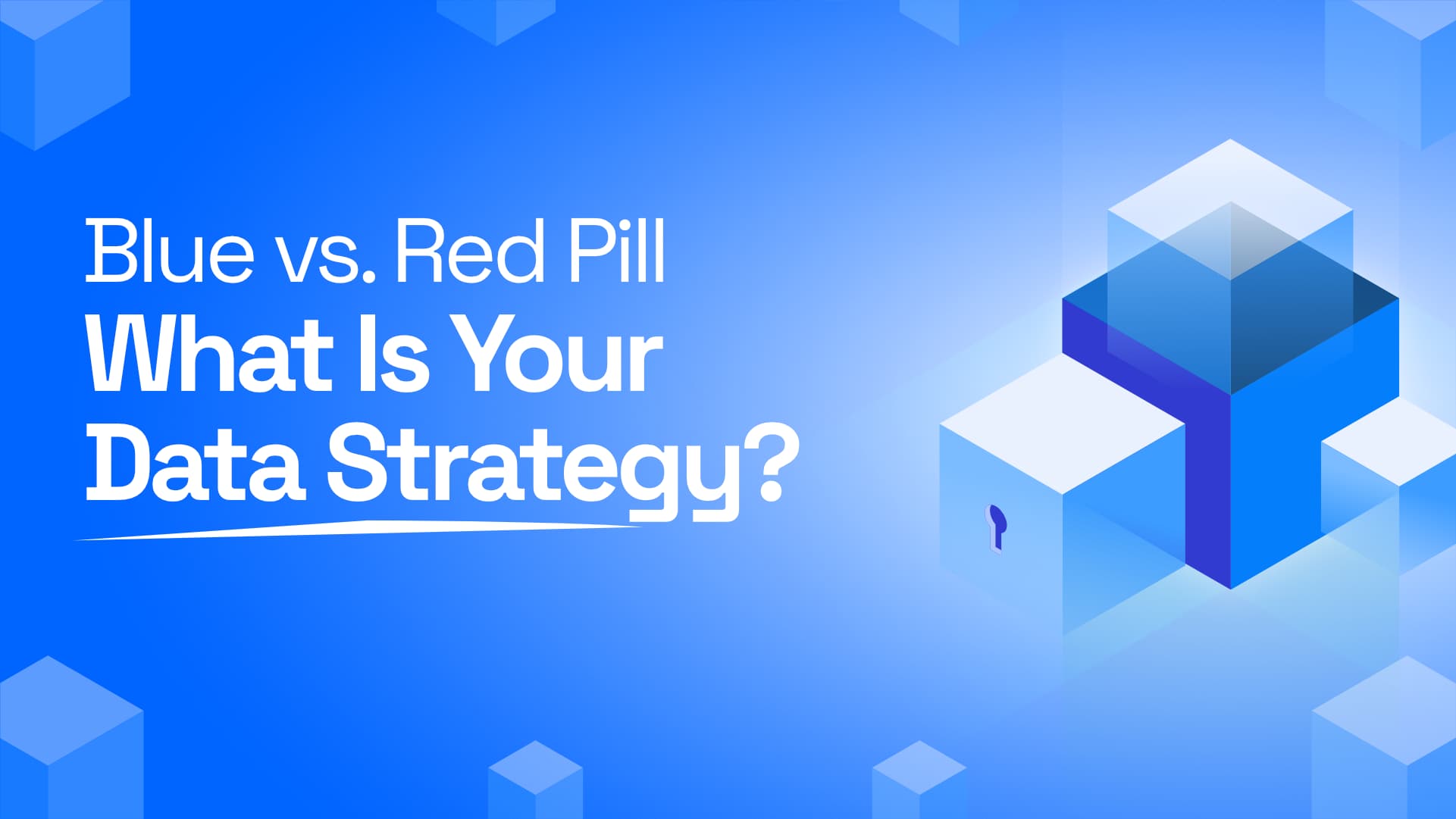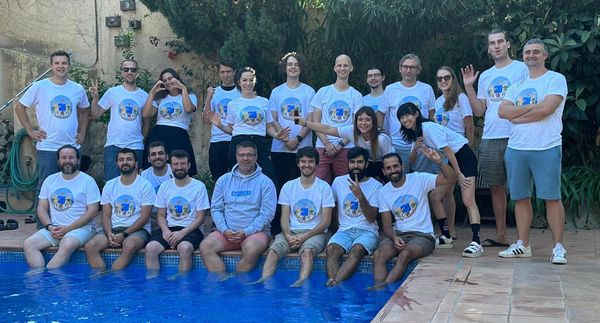The Current Status Quo
It’s Monday morning, you had your coffee, and a new project has just started. You are drafting a project data exchange plan to meet Employers’ Information Requirements (EIRs) from your client. It's not an easy task, considering the implications. We all know that construction projects are complex, often full of surprises and unexpected twists and turns. They represent the joint effort of multi-disciplinary teams and supply chains with an undeniable sense of achievement when delivered.
But that’s not the end of the data story. You find yourself torn between different outcomes when picking which path leads to a brighter future. You ask yourself: “Is it like that scene from Matrix? Red pill or blue pill?”
More questions keep popping up. What is your data strategy? How should you structure your data to be future-proof? Have you considered all implications for your projects and business? Transitioning from files to data is crucial, but where should that data reside? Where is your data physically located? These are challenging decisions to make.

Choosing Between Blue vs. Red Pill
The Blue Pill
The most obvious choice is to stick to your current design technology stack and keep buying “industry-standard” solutions from trusted vendors. You and your team have used their software for ages, so what could go wrong with adding one more service from the same vendor? In vendor lock-in, where lack of transparency is a norm, you will face risks and challenges.
Your team and your business might end up tied to a specific service for a long period without reaping any additional benefits while staying in the same pricing plan. There is a good chance you'll find yourself pushed towards a more expensive plan with features you don't need, while those you need are left unheard. You would like to develop your own tools or amend those you already have, but the service is not built for any flexibility. This is not ideal; you would prefer being able to make your own choices and decisions.
Another significant item to consider is whether you want to rely on proprietary data schema and storage. While proprietary solutions may offer certain advantages in the short term, it is crucial to think about the long-term implications they may have on your infrastructure. The lifecycle of a building is long, the operation phase lasts decades, and real estate assets often change owners. The new asset information manager won’t have a choice but to continue with the current solution, hoping for the best.
The Red Pill
There must be a better way, you wonder. It's time to step back for a while and re-think. The project data you create today should be useful and accessible in the not-so-distant future.
This brings you to choosing between closed-source vendors and open-source solutions. Open Source Software (OSS) allows you to customise and extend your code according to your needs; if in-house tinkering is not your thing, open-source projects are community-driven, and if your team needs to gain the right skills, you can find developers worldwide who are happy to help.
Should you adapt to the tools, or the tools adapt to you?
In addition, if you are unsatisfied with hosting conditions, you can move on and take your project data, giving you full ownership. Choosing an open solution ensures flexibility and empowers you to have straightforward access anytime. You can easily collect all your project information, knowing that any insights and business analytics are only a few queries away. You are claiming back your data ownership, and become fully in control of your data residency.
It is worth noting that some major construction companies and local authorities have already expressed growing interest in open source, highlighting the importance of future-proofing their project data management. Open source is no longer the domain of a small group of AEC enthusiasts; it's becoming mainstream as more companies realise its advantages. You get the choice to pick a solution that aligns with your needs. So what would you choose? Blue pill or red pill?
What’s Next?
Join us at SpeckleCon: our virtual online conference, where we will focus on unlocking data to fuel collaboration, automation, and connectivity across all design workflows. We will be hosting a panel conversation with industry leaders to talk about data strategy in AEC, and you will also be able to participate in talks and workshops with fellow designers, coders, and entrepreneurs.
Subscribe to our newsletter for more content like this!



